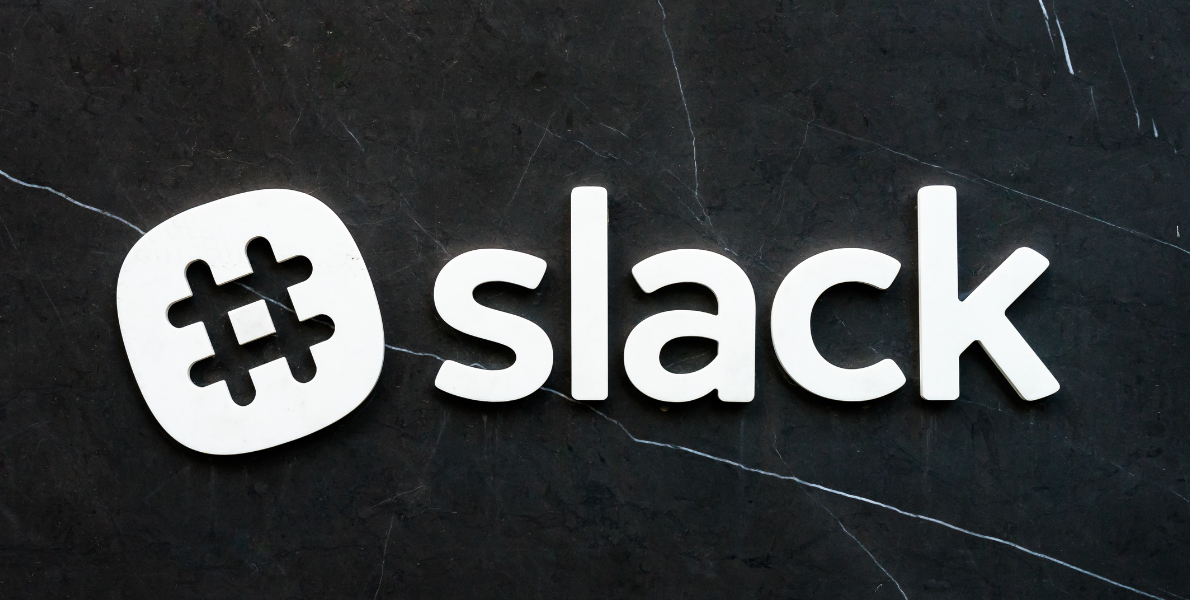You need a plan before you can discuss tactics. Strategy is the plan and the brief is how the plan is executed.
Howard Ibach, CEO and instructor at Creative Brief Workshops LLC is on a mission: to equip account planners/management, creatives, and strategists with the tools, tactics and thought processes you need to give creative briefs the focus and attention that will make them the key to energizing the marketers and sparking ground-breaking, visionary ideas from the creative team. Because in his opinion, the creative brief is too often taken for granted and too easily underestimated.
He does this by teaching two online workshops, How To Write An Inspired Creative Brief and How To Write A Single-Minded Proposition. And he authored two graphic textbooks of the same titles. Both books provide much needed guidance to anyone struggling to create a brief in an environment of complexity and time pressure.
In 2021, he launched The Brief Bros., a video podcast, which he co-hosts with Henry Gomez, VP Director of Strategy at Zubi Advertising in Miami. The show airs every Wednesday and has already 91 episodes!
In this interview, Howard guides us past misconceptions concerning briefs today and enlightens us on why marketers are form Venus and creatives from Mars.
In your book, you advocate that a creative brief is and must be the first step of the creative process. Though in reality, this step is often overseen. How to convince any marketer, lead creative or creative director to take this first step seriously?
The creative won’t have an issue with this “first step” question, but the marketer might. The fact is, marketers too often use the creative process to figure out the strategy, when they should have or know the strategy before they write a brief. I am baffled at how anyone can write a brief without the strategy. You need a plan before you can discuss tactics. Strategy is the plan and the brief is how the plan is executed.
When an agency receives a brief from a client, what is the best next step to do? Take it as it is, no questions asked, or debrief the brief back to the client.
Every agency relationship is different. Traditionally, the agency responds to the client brief with its own brief. Sometimes they share their “creative” brief with the client. Sometimes they don’t. Some clients don’t provide anything resembling a “client” or “creative” brief to their agency.
Too often, the brief from the client is woefully inadequate: unclear, uninspiring, incomplete.
In a healthy, mutually respectful client-agency relationship, the briefing process runs smoothly, expectations are clear, direction from the client is clear and the work moves along smoothly. But that’s rare.
With your 37 years of experience as a creative and creative director, what was the turning point in your career where you realized optimizing the creative brief process is the answer to many frustrations in the agency world?
I knew something was amiss long before I could articulate the problem. Lots of creatives feel this way. They know the brief is weak but they can’t quite put their finger on what it needs. Some creatives are better at identifying weaknesses in the briefs than others, but eventually, with enough experience under their belts, most creatives figure out not only that a brief is poorly written, but also why. So I knew early on, perhaps within a few years of starting my career, that briefs and briefing were not always good or an expected part of an agency’s process. But not until I was a creative director did I speak up and offer to train my account staff in writing better briefs.
How do you avoid the client telling you what to do? How do you avoid the need wanting to kill your client?
Find another line of work. The client always owns the process. They write the checks. The best way to avoid “prescriptive” relationships is to demonstrate your expertise by listening to what the client is asking for, offer ideas to re-direct them when you think they’re misguided, be patient and let your work do what it was intended to do: sell product. Also, ask lots of probing questions before you accept an agency/client project or AOR assignment: what is their advertising philosophy? How do they define good work? Do they know how to formulate strategy? Do they have champagne tastes and beer budgets?
Don’t go into a relationship with clients who don’t align with your approach, unless you need the cash.
And sometimes, “cash cows” (what we call clients who spend a lot but don’t want or expect great work, like some local car dealerships or grocery stores) are just what an agency needs to keep the doors open. For every cash-cow client, you can accept smaller, creative risk-taking clients. You need both.
“Marketers are from Venus, and creatives are from Mars.” What – in your opinion – defines a powerful partnership between marketers and creatives?
True. Absolutely true. The best marketer/creative relationship is one where the marketer puts the brand ahead of his/her ego and lets the creative partner make him/her look good by giving them a lot of rope to do great work. You won’t find a lot of these relationships. Too many marketers do not know marketing. They have no clue what good marketing is. They can’t formulate strategy for their life. They come to marketing from other disciplines and claim they know what marketing is. They don’t. If you look around, you’ll see examples of great relationships. Burger King under CMO Machado is one. There are others.
How to respond to a client that says: “Simply make me anything!”
Run for the hills and don’t look back. They will never keep their word. Never.
What is the most prominent frustration creatives in agencies have today, and what do you recommend to overcome it?
There is a lot of great work out there, but nothing like the “Golden Age” of our industry in the 1960s. The exceptionally gifted creatives will abandon agency life and strike out on their own. That’s a time-tested truth. That’s the definition of creative destruction, a necessary part of any industry. You always want the disruptors. Creativity goes in cycles. I think great thinking will always be in demand. It just doesn’t seem that way right now.
Name 3 aspects all inspired creative briefs have in common.
Inspiration. Clarity. Brevity.
What is the most significant AHA moment of your workshop participants in your workshops about creative briefs?
Collaborating with a small group of their colleagues and discovering that when you work together, writing a brief is fun, easier and a lot less stressful.
In one of your podcasts, you mentioned that User personas often end up as a compilation of tidbits that don't add up. Why do brief writers struggle to write a target audience description?
Because they’re trying to talk to everyone. You can’t. Only when you find a universal truth you can you reach everyone. We empathize with Harry Potter or Katniss Everdeen or (fill in the blank with your favorite movie/tv/book character) because we relate to them. We identify with them. This is true for a brand. If a brand does not connect with us emotionally, we will never care about it. Instead of personas, I recommend brief writers draw word-pictures in first-person “I”: talk to the creative as if you are the customer telling us your problem.
Name 3 resources for any strategist, marketeer, or creative that wants to learn more about optimizing processes, especially when integrating good briefs that lead to inspiring outcomes.
Read. Get out of the office. Make time to think quietly, without distractions. Three things office life makes difficult.
—
Thanks, Howard for your valuable insights into creative brief writing. If your interest is triggered, we totally recommend getting his books and making it part of your library. Follow his every move on LinkedIn, join his online creative brief workshop, or simply snoop around his website and get inspired to work on those briefing skills!







